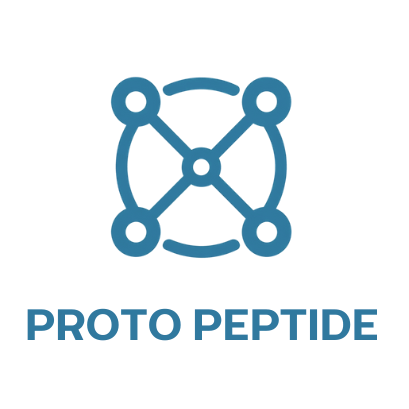Synthetic Peptides vs. Naturally Occurring Peptides: Understanding the Difference
Peptides are short chains of amino acids that serve a wide range of biological functions, from cellular communication to hormone signaling. As interest in peptide-based therapeutics and performance applications grows, understanding the distinction between synthetic peptides and naturally occurring peptides becomes crucial for researchers, healthcare professionals, and consumers alike.
What Are Naturally Occurring Peptides?
Naturally occurring peptides are produced endogenously in the body or derived from natural sources such as plants, animals, and microbes. These peptides play essential roles in regulating physiological processes—such as insulin for glucose metabolism or oxytocin for social bonding and childbirth. They are typically formed through enzymatic cleavage of precursor proteins.
Examples include:
- Insulin: Regulates blood sugar levels.
- Endorphins: Act as natural pain relievers.
- Glucagon: Maintains glucose homeostasis.
What Are Synthetic Peptides?
Synthetic peptides are lab-created sequences of amino acids designed to mimic or enhance the function of natural peptides. Scientists use solid-phase peptide synthesis (SPPS) techniques to produce precise and customizable peptides for research, pharmaceutical, or cosmetic applications.
Advantages of synthetic peptides include:
- Highly controlled purity and concentration
- Ability to modify sequences for specific effects
- Scalable production for clinical or research use
Key Differences
| Aspect | Naturally Occurring Peptides | Synthetic Peptides |
|---|---|---|
| Source | Biological (human, animal, plant, microbial) | Laboratory-synthesized |
| Purity | Can vary; may include additional bio-components | Highly purified and targeted |
| Customization | Limited to nature’s sequence | Fully customizable sequences |
| Applications | Physiological regulation, natural signaling | Research, therapeutic, cosmetic, diagnostic |
Why the Difference Matters
Understanding whether a peptide is natural or synthetic is essential for determining its origin, function, and suitability for a particular application. For example, synthetic peptides allow researchers to explore analogues that may be more stable, effective, or targeted than their natural counterparts.
In the field of biomedicine, synthetic peptides are also used in drug development and as tools for mapping protein-protein interactions, helping to advance personalized medicine and precision therapies.
Conclusion
Both naturally occurring and synthetic peptides have transformative potential in science and health. Naturally occurring peptides highlight nature’s ingenuity, while synthetic peptides provide an avenue for innovation and customization. As research advances, the synergy between both types continues to open doors in medicine, wellness, and biotechnology.
Disclaimer
This content is intended for informational and educational purposes only and is not intended to promote or sell any product. It is not a substitute for professional medical advice, diagnosis, or treatment. Always consult with a qualified healthcare provider before starting any new supplement or research compound. The statements provided have not been evaluated by the FDA or Health Canada and are subject to change as scientific understanding evolves. Always follow your institution’s guidelines and consult safety data sheets (SDS) before handling any research chemical.
